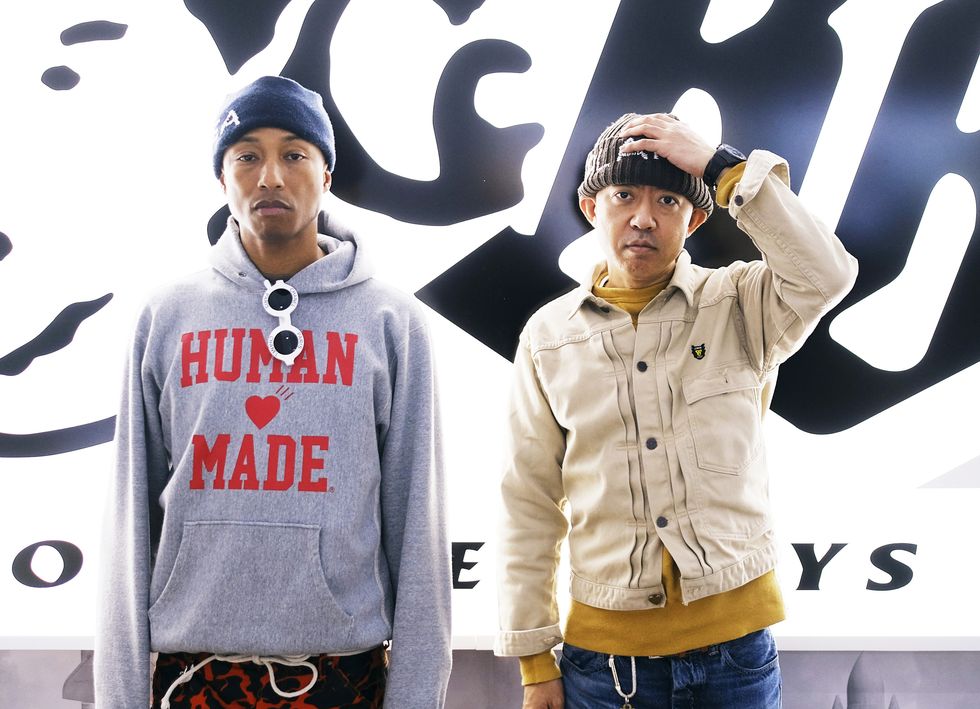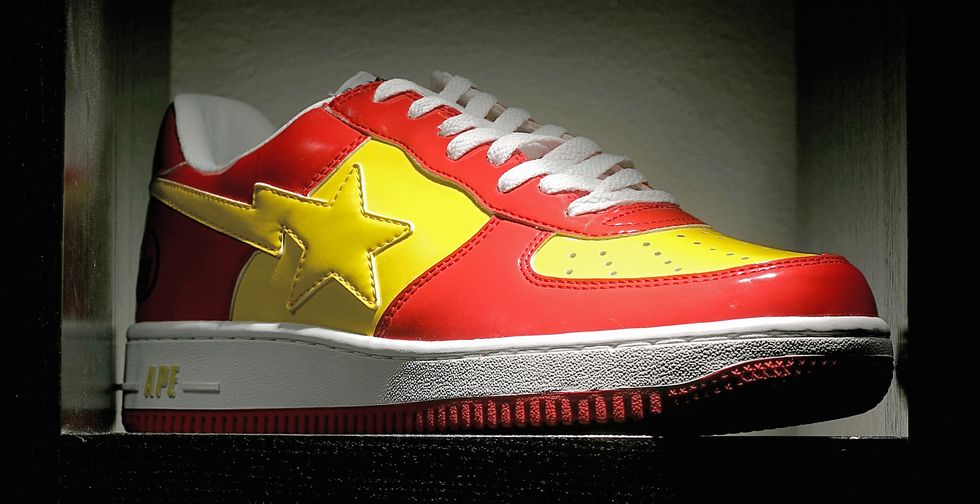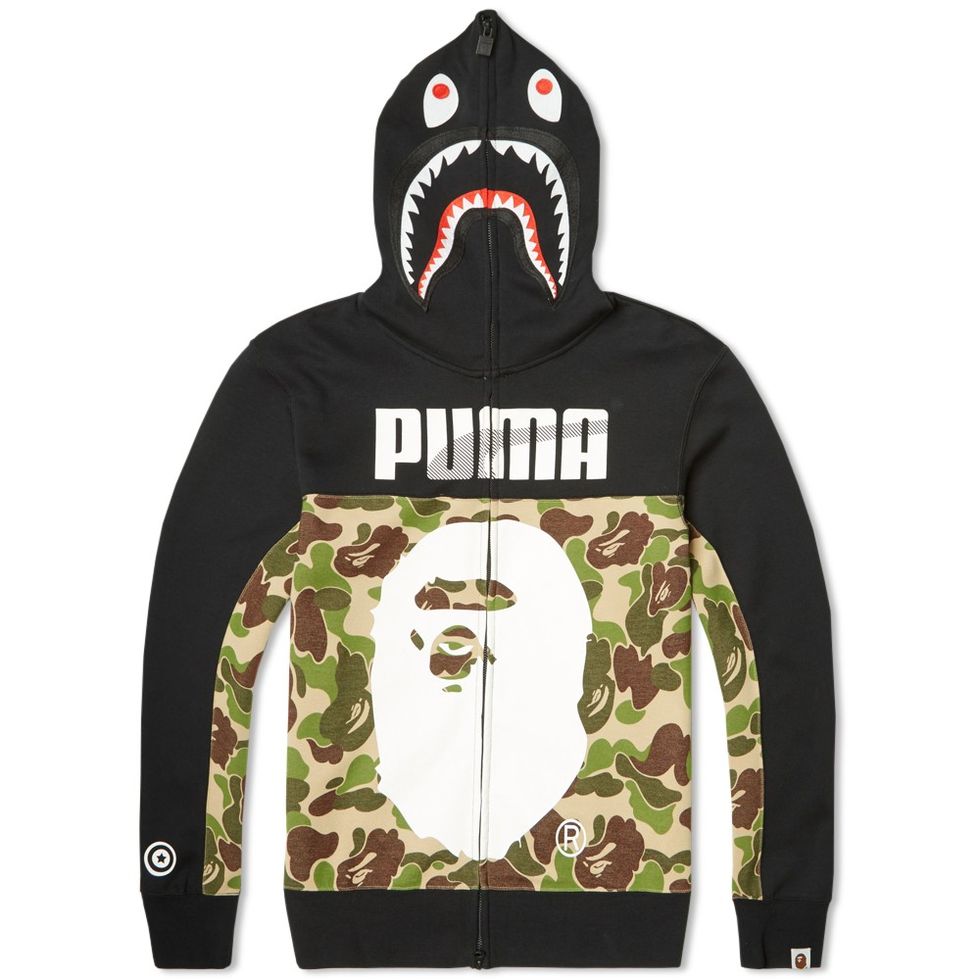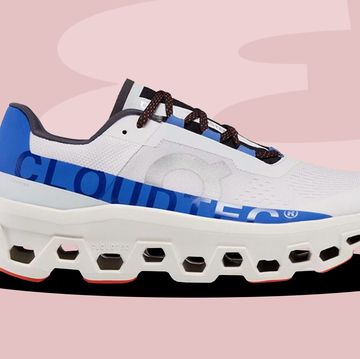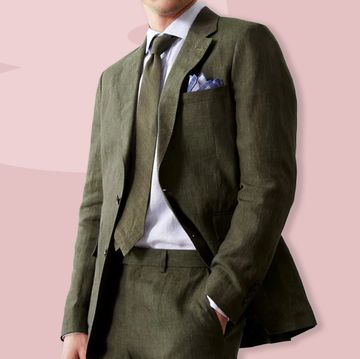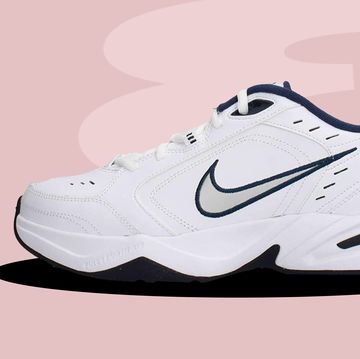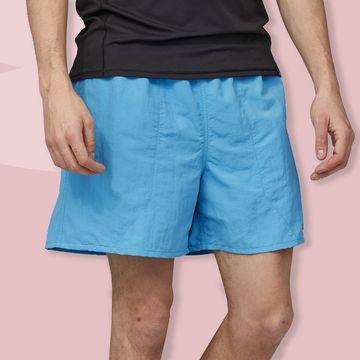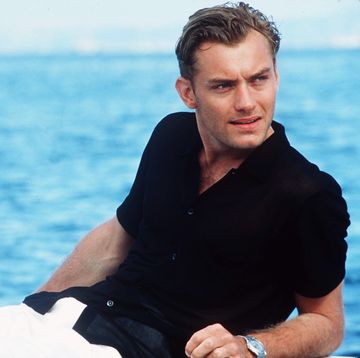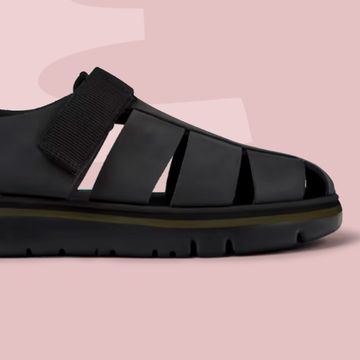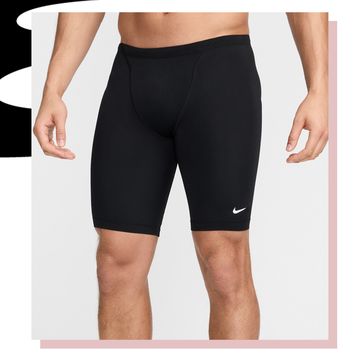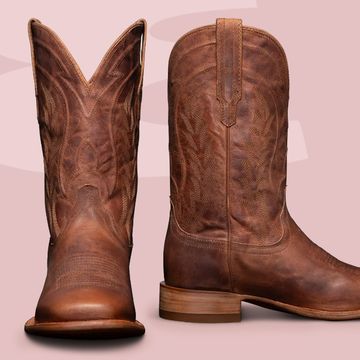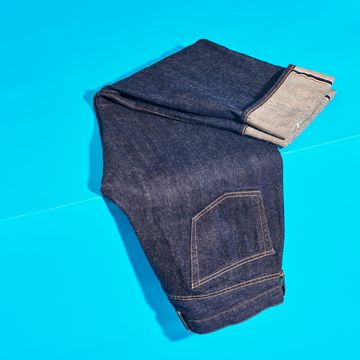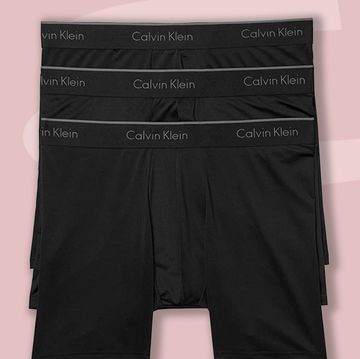"I got my first pair of Bapestas. They may or may not have been real, I still don't know to this day," recalls Jordan Page, a New York City stylist, looking back at his first connection with the Japanese streetwear brand Bape—short for A Bathing Ape—back in 2004. "I bought them on the campus of North Carolina A&T from a guy's trunk for $40." Real or fake, Page still wore them out. Because at that point Bape was so enmeshed in American culture that he could find a pair in Greensboro, North Carolina.
Within the United States, at least, the bright pastel hoodies, shirts and shoes were deeply connected to Pharrell Williams, who back then was known for being half of the production duo The Neptunes, along with Chad Hugo. The Virginia Beach native remains a pop producer legend, but in the late-'90s and early 2000s, Pharrell and Hugo redefined what a hip-hop producer could be by working with the likes of Britney Spears, Clipse, Jay Z, and Justin Timberlake—finding tremendous success with their particular breed of minimalist space funk. And a big part of why they stood out so much was Bape's clothing, along with Pharrell's own Billionaire Boys Club clothing line, which he launched with Bape founder and streetwear legend/mononym, Nigo.
"People were giving credit to Lil Wayne for blowing Bape up into the mainstream," says Lawrence Schlossman, brand director of in-the-know menswear marketplace Grailed. "And the Clipse were claiming that they wore it first." The mid-2000s clashing of rap giants showed just how quickly Pharrell's influence spread in rap culture through Bape. When then-teenage rapper Soulja Boy scored a number one hit song with "Crank That," he name-checked the label: "I got on some Bathing Apes." Suddenly a brand that was started in Japan was on the lips of the music industry's biggest stars.
Bape was founded by Nigo, real name Tomoaki Nagao, in 1993 by in the Ura-Harajuku district of Shibuya, Tokyo. At that point, Nigo was already a fixture in the Japanese streetwear scene. Earlier in the decade he came together with Jun Takahashi to start the label Undercover, and the duo owned the shop Nowhere. It's a bit of a labyrinth, tracing Bape's lineage. But there are some key players. Jian DeLeon, editorial director of streetwear-focused site Highsnobiety, cites "Stüssy, and how the International Tribe directly inspired [Fragment Design founder and Nike collaborator] Hiroshi Fujiwara with his line Good Enough," as influences. "And how Jun Takahashi inspired Nigo is really interesting," he continues.
Where many of those brands legacies remained, at least in America, confined to the worlds of streetwear, Bape managed rise to the level of mass consciousness. "They were arguably the first brand to go, 'This hoodie is a premium product, let's charge $400 for it,'" says DeLeon, in a move that spoke not to Bape's desire to line its pockets, but to understanding how to distinguish itself in the market. Bape in the 2000s and still today is known for full zip hoodies, Bapesta sneakers (which were modeled off Nike's Air Force 1s), the Baby Milo avatar, and of course bright colors.
"This loud, gaudy, streetwear style that Bape was known for no longer seemed relevant," says Schlossman, looking back at the brand's decline in the late 2000s. "People probably outgrew it to a certain extent." Entrenched in the #menswear moment, Schlossman witnessed menswear transition into Americana and eyeing different Japanese trends like raw denim rather than the colorful aesthetic that Bape maintained. The rap world, Bape's earliest mainstream American stronghold, started moving into more luxury brands and away from streetwear.
"Riccardo Tisci's Rottweiler [graphic tee] started to take off," says DeLeon, as the former Givenchy designer collaborated with Kanye West and Jay Z on their Watch The Throne album art and tour. "A$AP Rocky's mixtape and songs like "Peso" started to make Rick Owens and Margiela part of the hip-hop vernacular." Schlossman observed that only a few years earlier Kanye West's own short-lived Pastelle line took major influence from the boldness Nigo and Pharrell, but on 2011's "Niggas In Paris," he asked Jay Z the immortal question, "What's that jacket, Margiela?"
The same year Watch The Throne released, Nigo sold 90% of Nowhere Co., Bape's parent company, for $2.8 million dollars. Hong Kong clothing conglomerate I.T. Ltd. swooped in after the brand declined due to oversaturation in the Japanese market and falling out of favor with new American trends. Nigo officially left the brand in 2013, but stayed busy moving forward with his own Japanese heritage-inspired brand Human Made, partnering with Adidas Originals, and becoming the creative director of Uniqlo. Even after he left, though, the impact of Bape could be felt across various streetwear cultures.
"I can't believe how much LRG I wore in 2006," says New York stylist Page laughing at his former self. "But you'd never hear that with Bape because it has that respect of being the first of it's kind." Other 2000s brands like Phat Farm, Sean John, and Rocawear lost their luster as department store staples or simple faded away. But Bape, though it might have overextended its lifestyle brand in Japan, avoided that sort of dilution in the States.
"The Bape full-zip hoodie is still a status symbol," says DeLeon on the enduring legacy of Bape. "It still represents that high-end street kind of aesthetic that so many brands try to emulate." He notes that even after selling to I.T., the company didn't spread the brand thin, instead keeping supply limited and prices at higher end of the streetwear spectrum. "Bape represents where the origins of modern streetwear lay," says Schlossman, observing that high fashion's current obsession with streetwear might explain a resurgence in Bape's popularity.
Over the phone, singer Khalid, fresh off his first Coachella festival, was running through his own Bape wishlist. "I wish I had more Bape shoes actually," says the teenage singer, whose song "Location" hit the Top 40 and album American Teen hit the Top 10. The Instagram feed of the now Los Angeles-based singer is full of photos of him in various Bape shirts, but a generation later—not unlike Page back in the early 2000s—Khalid's got one item on his mind: "I'm talking about the Bape shoes from the Soulja Boy era. Where he's like 'I got me some Bathing Apes.'"

